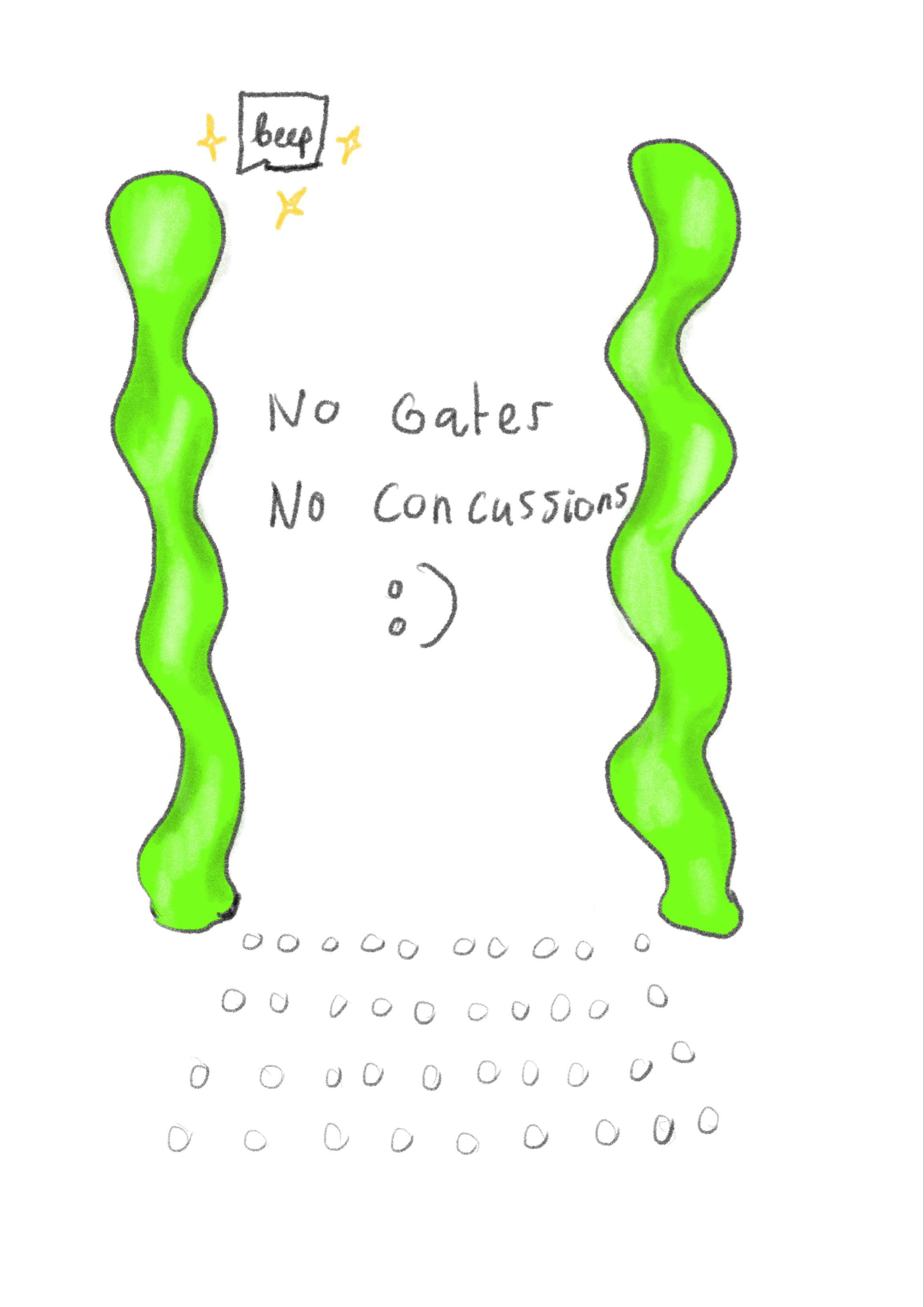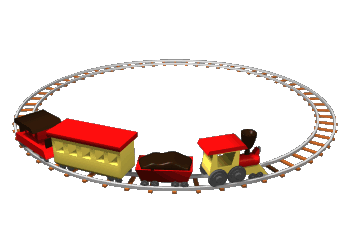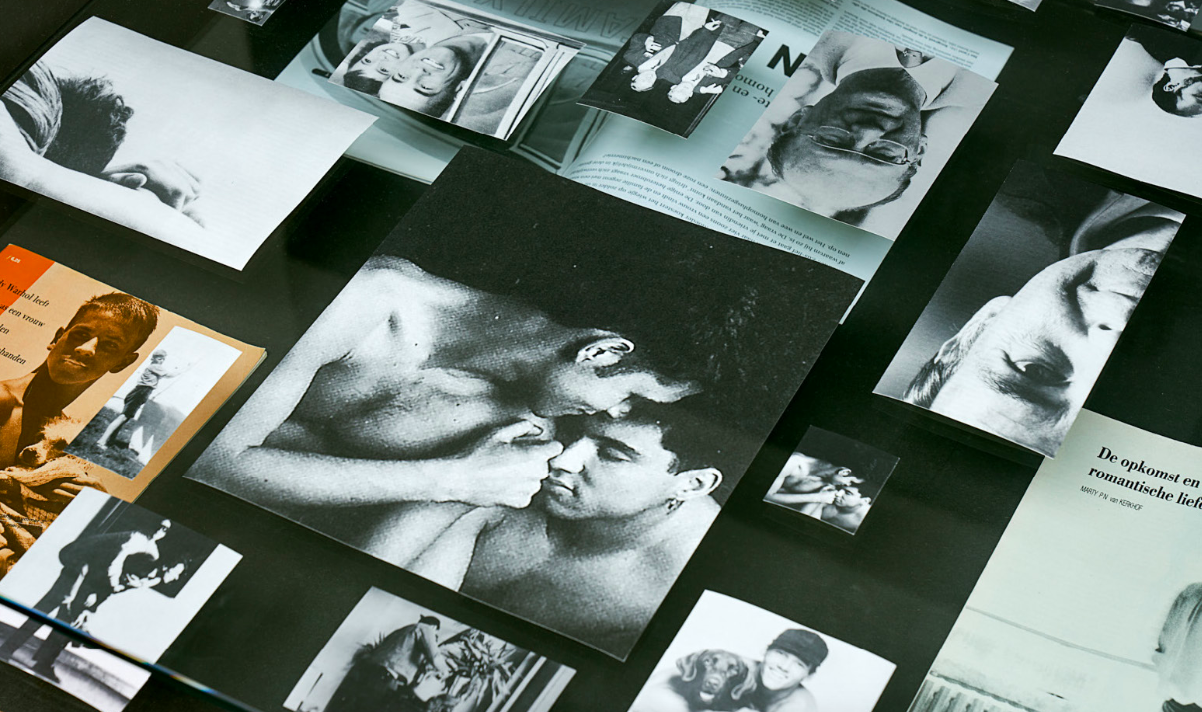HOME
MODULE C
Working together with Marit + Floor + Elvira
Our critical object:
a new check-in "gate"
problems with the gates now -->
end of module C!



I am here to replace the gate. Because of me, checking in will be more welcoming and accessible. I’m two poles that people will walk through to get in and out of the station.
This is what I look like:
I have no doors. I’m a simple object: I say I’m a pole, and that’s what I am. The doors the previous check-in gates had were not very inviting and even dangerous in some cases. There are many different types of doors, but all of them are just used to shut people out. With no doors everyone is allowed access onto the platform. Of course, there will be some fare dodging, but it’s not like gates are preventing that right now. And if big stations like Schiphol and Maastricht already use poles (ugly poles, but poles nonetheless), why can’t all stations do the same?
I am quite tall. To check in, you can put your OV-chip card anywhere on my surface. People of all heights can check in without having to extend their arms in some uncomfortable way. You can also use paper printouts with a QR code on them when you want to check in. I scan those too… I’m advanced.
To indicate where you can check in and where you can check out, I light up in either green or red. Much more fun than just grey with a little pop of colour if you ask me.
Also, what’s the thing with check-in contactless reader being always on the right-hand side? With me, you can pass by me on the left or right side. Checking in is much easier for people that are left-handed, or people that are right-handed who are just feeling a little crazy.
The space between me and other pole comrades is wider than the gates are. We need our personal space, you know. Not only is it better for my mental wellbeing as a pole, it also benefits travellers that need more space, such as people in wheelchairs, people with big bags, or people travelling with children.
To make traveling on public transport more accessible for blind or visually impaired people, there are textured guidelines on the ground. This way, people can feel which gates to walk through.
When you check-in or check-out, I will greet you with a nice sound. If you fare-dodge, I will make a sound that is a little bit less nice, but it’s still friendly. I’m a friendly object.


MODULE B
Working together with Nienke + Noa
We loved the photo of Pablo’s archiving project of two gay men in embrace, leaning on each other. We loved the intimacy and complete opposite of toxic masculinity, but mostly the fact that that photo proves that queer people have always been here, and that it’s not just a recent trend.
We want to make people aware of the erasure of queer history; many things could not even be recorded, and if it did then it got rewritten for a more “clean” archiving. For example: people were ‘just friends’ when they were most likely lovers.
To illustrate this we picked a person that has been very important for Dutch history: the vader des vaderlands (or “father of the fatherland’, if you will), Willem van Oranje. There are no rumors at all about him being queer. We reviewed the facts, but in a way straight historians of the past would have done when they reviewed queer history. We edited Willems history in a way that suits our queer agenda.
How does your perception of historical figures change after learning about their queerness? Queer people have always had to relate to non-queer rolmodels, but it has never been so the other way around. Cisgender and heterosexuality is seen as neutral/normal, and queer is the exception of that rule, in which cishet people often have trouble relating to.
Queer people have always been here: it’s not a recent trend. With this project we wanted to think about how the current telling of history has shaped our perception of queer people and our past. Our goal is not to spread misinformation, but to raise awareness about how our history has been shaped through a cishet lens which impacts the stories and the lessons we learn from it.
Theory assignment:
"It is possible to feel both admiration and contempt for dominant culture, and queers may easily have contradictory feelings about the culture that ignores and ridicules us. We are not acknowledged, nor are we invited to participate in this culture, but we comprise part of its audience."
Bordowitz, Gregg. “The AIDS Crisis Is Ridiculous.” The AIDS Crisis Is Ridiculous: And Other Writings, 1986–2003, edited by James Meyer, Cambridge, Massachusetts, MIT Press, 2004, pp. 43–67.
end of module B!
Questionnaire which should be completed after our history lecture: